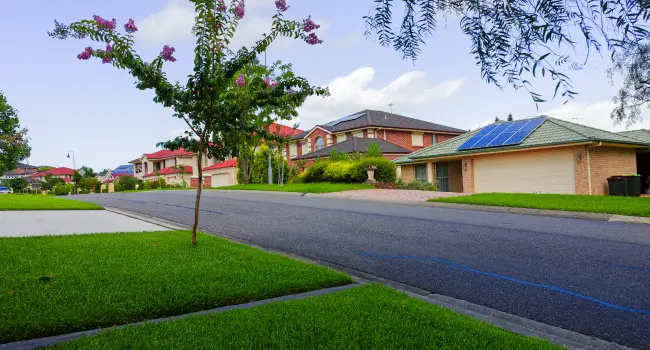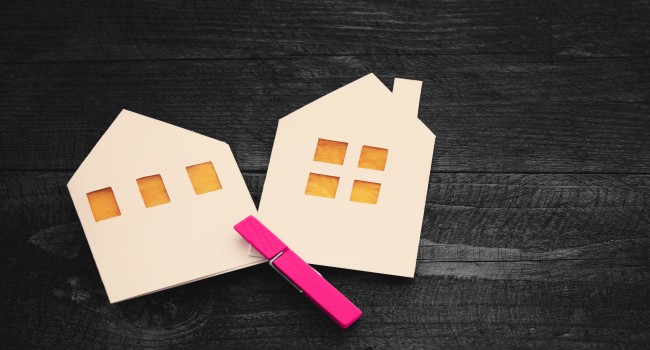What are the rules for buying a property through an SMSF?
A self-managed super fund can be a way to unlock financial freedom and create your own investment pathway to retirement. A popular pathway is through buying property.
Property is one of the most popular investment classes for self-managed super funds. You might have heard the term ‘safe as houses ' - houses are generally seen as 'safe’ investments, historically providing steady capital growth that can be realised in retirement or preservation age.
How can an SMSF be used to purchase property?
SMSF can be used to purchase a residential property.
Buying residential property with SMSF
An SMSF can be used to buy a residential property, however there are a few rules to consider first.
-
A trustee or anyone related to the trustee, cannot live in a residential property that you have purchased through the SMSF
-
A trustee or anyone related to the trustee, cannot rent the property purchased through the SMSF
-
The SMSF cannot buy a property owned by a trustee or anyone related to the trustee
-
The purchase must meet the ‘sole purpose test’ of solely providing retirement benefits to fund members
A sole purpose test is to ensure that the SMSF is used for the sole purpose of providing benefits to members upon their retirement or their dependents in the case of the member’s death before retirement.
In addition, trustees can’t absorb an existing residential home that a trustee owns into the SMSF by purchasing it. So, you essentially can’t have an existing home and put it into your SMSF.
Buying commercial property with SMSF
It is also possible to purchase commercial property through a SMSF, but at this stage loans.com.au can only assist with refinancing to a low rate SMSF loan for a residential property.
Borrowing criteria with SMSFs
The main difference between a home loan for an SMSF and a regular home loan, is that SMSF loans are what’s called a ‘limited recourse borrowing arrangement’ or LRBA for short. LRBA essentially means in the event of default, a lender can’t go after other assets as part of the SMSF, such as shares or cash - it can only seek to recover against the house.
In addition to purchasing property, you can use borrowed cash from an LRBA to pay for repairs and maintenance in a property that is part of the SMSF. However, you cannot use borrowed funds to improve the property, such as building a granny flat, extending the house or installing a pool.
This is reflected in the slightly higher interest rates, as the lender assumes more risk. Borrowers are also generally required to have a 20% deposit, which means a loan-to-value ratio, or LVR of 80%.
Already have a home loan under your Self-Managed Super Fund? Speak with one of our lending specialists to find out more about refinancing your SMSFs home loan.
Find out in under 2 minutes if you qualify for one of our low rate home loans.

About the article
As Australia's leading online lender, loans.com.au has been helping people into their dream homes and cars for more than 10 years. Our content is written and reviewed by experienced financial experts. The information we provide is general in nature and does not take into account your personal objectives or needs. If you'd like to chat to one of our lending specialists about a home or car loan, contact us on Live Chat or by calling 13 10 90.



















